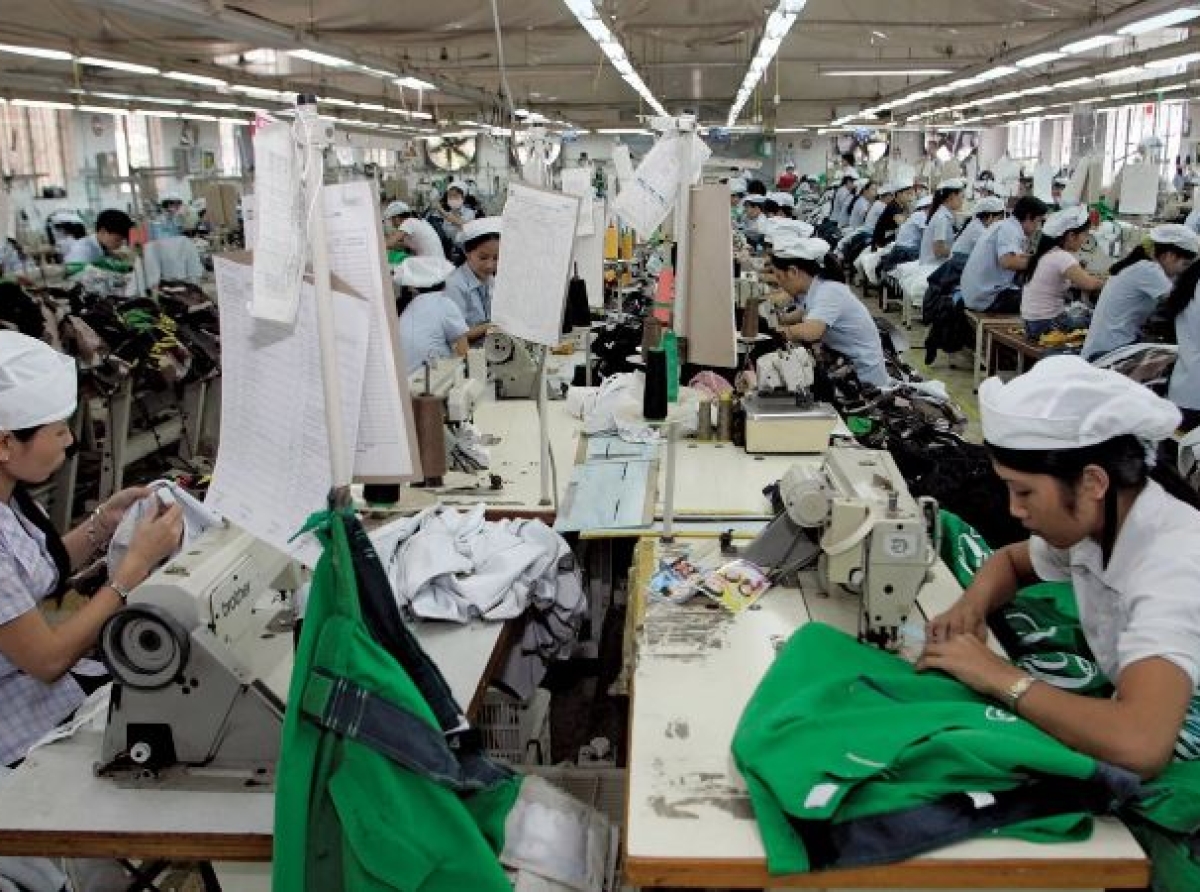With a global value of around $3 trillion (2% of the world's GDP) and 100 million employees, the textile and clothing sector is one of the largest in the world. Unparalleled creativity, diversity, and invention are the primary motivators. This implies that companies of various sizes can succeed in the sector. The garment sector grows by overcoming obstacles with a sound trading strategy, solid market knowledge, cutting-edge automation, and strategic sourcing. In a continuously evolving market, clothing brands' and retailers' sourcing choices can make or break their business. Through the whole supply chain, intelligent garment sourcing delivers high efficiency and flexibility.
Different brands and manufacturers have different definitions of sourcing. For brands, sourcing means finding a manufacturer that can produce high-quality clothing on schedule and at the correct price. For manufacturers, sourcing means finding a vendor from which to buy raw materials. Then, a whole new phenomenon involving purchasers appears.
Any nation's textile industry is fueled by its ability to manufacture clothing. Nowadays, clothing manufacturers offshore their manufacturing processes to benefit from lower prices. The textile sector of that nation loses one of its key markets as the process is moved abroad. However, manufacturers try to cut labor expenses to achieve pre-season product margins. Therefore, a major deciding factor in a sourcing decision is the cost of wholesale goods.
Offshoring is a win-win situation where businesses reduce overhead and lessen personnel management issues. More employment prospects are gained by the nations adopting these offshored duties. Based on the overall costs and several other variables involved in both processes, it is possible to decide whether or not to offshore the production activities. For instance, labor expenditures represent 3% of the retail price of clothing in a Los Angeles clothing company with 1,500 employees. The logistics expenses, however, may outweigh the benefits of cheap salaries if the same process is offshored.
Turning a fashion designer's creative prototype into a high-quality garment is essential in clothing production. When manufacturing is done overseas, this is not possible. Expertise in product development is likely to be lost. Innovative designers would only have a place for their ideas if manufacturing were offshored. The main problem with outsourcing apparel production is finding the right items when a particular trend is high. The company will be left with a large stock of out-of-date clothing if the cargo arrives after the change in fashion trends.
Maintaining competition is essential for company success. Retailers, therefore, attempt to lower inventories. They keep fewer clothes on hand since fashion trends can change anytime. Retailers maintain very low apparel inventories to keep up with the rapidly shifting preferences of their customers, and they anticipate prompt product delivery as soon as a new trend hits the market. Lead times increase due to the offshoring process, making speedy delivery unfeasible. The same will be supported by domestic manufacturing, which will lower supply chain costs. Because all supply chain activities, such as weaving, sewing, and dyeing, will be done downtown, large orders can be completed quickly. Long lead times can result in excess stock due to fading styles and a lack of clothing in high demand in the apparel sector, where trends are unpredictable and volatile. The retailer penalties for late deliveries, up to 2% per day, will drive up logistics costs even more. Offshoring is an option when plants are close to the clients, which reduces lead times. When local production is more expensive than the costs associated with the offshore supply chain, offshore manufacturing may be an option. For instance, domestic manufacturing in the US has increased in price. Offshoring becomes a valuable component in such situations. Socks are an example of a product that can be offshored since their demand is consistent throughout the year and is not significantly impacted by variations in fashion. Offshoring is a good idea because these items have minimal inventory holding costs. Once they may select whether to maintain their production overseas or not, apparel manufacturers will have a competitive advantage that makes them stand out in the market.


















